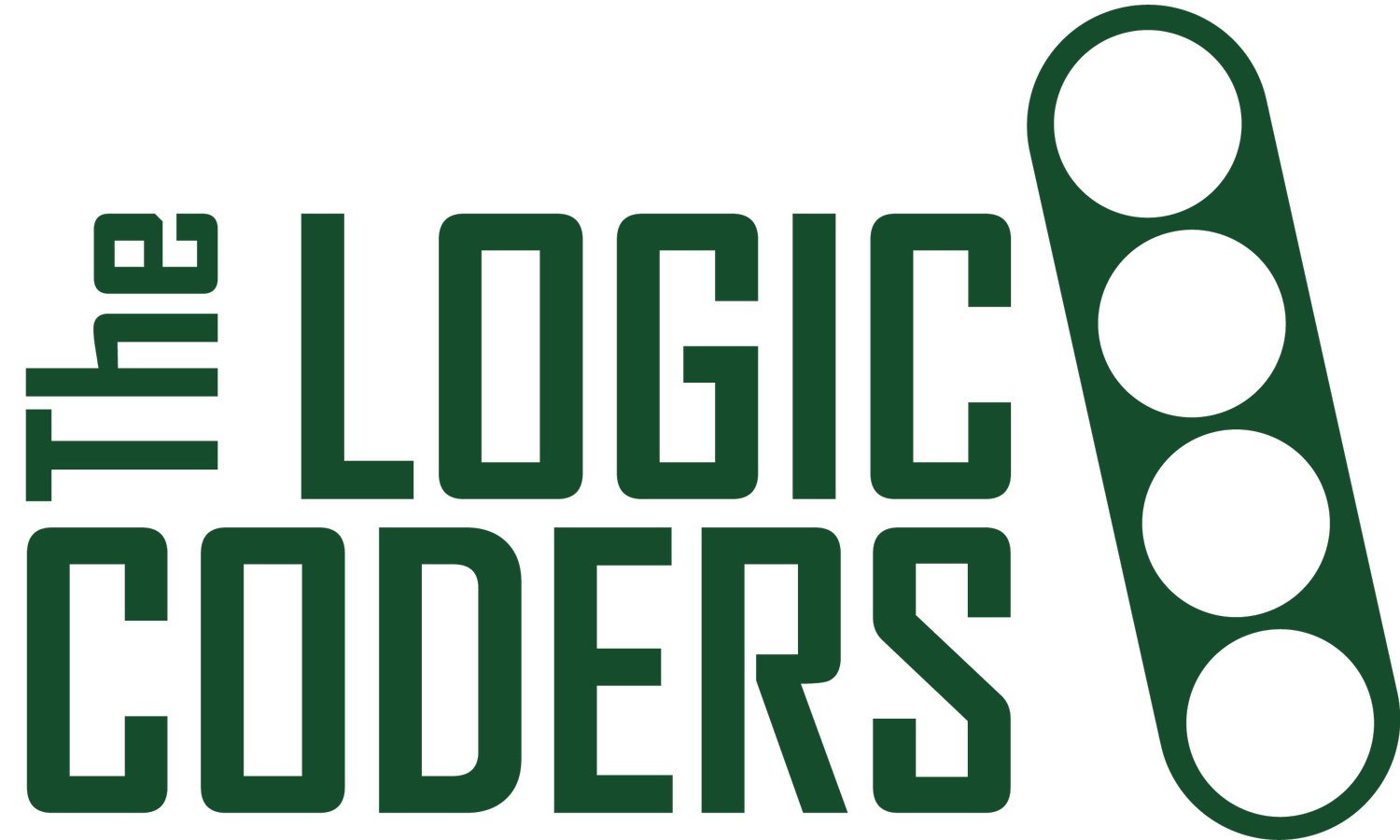Harvard's guide to early childhood development
In this article, we provide a summary to InBrief: The Science of Early Childhood Development, an article by Harvard University shedding light on the science of early brain development which can inform investments in early childhood.
Brains are built over time, from the bottom up
The basic architecture of the brain is constructed through an ongoing process that begins before birth and continues into adulthood. Early experiences are crucial as affect the quality of that architecture by establishing either a sturdy or a fragile foundation for all of the learning, health and behavior that follow.
In the first few years of life, more than 1 million new neural connections are formed every second. After this period of rapid proliferation, connections are reduced through a process called pruning, so that brain circuits become more efficient. Sensory pathways like those for basic vision and hearing are the first to develop, followed by early language skills and higher cognitive functions.
Start learning early as the brain’s capacity for change decreases with age
The brain is most flexible, or “plastic,” early in life to accommodate a wide range of environments and interactions, but as the maturing brain becomes more specialized to assume more complex functions, it is less capable of reorganizing and adapting to new challenges.
For example, by the first year, the parts of the brain that differentiate sound are becoming specialized to the language the baby has been exposed to; at the same time, the brain is already starting to lose the ability to recognize different sounds found in other languages. Although the “windows” for language learning and other skills remain open, these brain circuits become increasingly difficult to alter over time.
Early plasticity means it’s easier and more effective to influence a child's developing brain architecture than to rewire parts of its circuitry in the adult years.
Cognitive, emotional, and social capacities are inextricably intertwined throughout the life course
Emotional well-being and social competence provide a strong foundation for emerging cognitive abilities. The emotional and physical health, social skills, and cognitive-linguistic capacities that emerge in the early years are all important prerequisites for success in school and later in the workplace and community.
Our Take: Making use of your child's window to develop higher cognitive functions
Based on existing neuroscience research by Harvard, a child develops higher cognitive functions from 0 to 12 years old. During this period of brain flexibility, parents can consider exposing their child to as much as they can so as to provide the right stimulus for development of cognitive skills.
We think that coding is an excellent way for children to gain exposure to logic and problem solving skills at a young age. Not only does it provide the necessary stimuli for cognitive development, it also teaches them skills sets that are growing in importance in the digital world we live in today.

